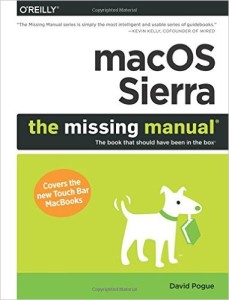In Blogging for Business, Get Rid of Worthless Words

“Let’s be honest: Nobody likes flab, especially when it comes to content,” says Julia McCoy of the Content Marketing Institute.”Icky, flabby, worthless words” are distracting and alienating to readers, McCoy adds.
Since, as business blog content writers, the last thing we want to do is alienate readers, I thought McCoy’s worthless word list was worth a careful look.
In order to. Simply deleting this phrase makes any statement clearer.
Really. If something is “really” big, just how big is it? Readers respond better to text that gets more granular in its measurements.
Believe (or think). People are more interested in the facts and hard information than in vague thoughts, McCoy opines. Actually, I don’t fully agree.. A point I often stress in corporate blogging training sessions – whether you’re blogging for a business, for a professional practice, or for a nonprofit organization, you’ve need to express an opinion, a slant, on the information you’re serving up for readers. (You may not need to use the words “believe” or “think”.)
A lot. Too vague. Use percentages, pounds, solid units of measurement.
Always (or never). Neither extreme is likely to be true, McCoy points out. Opt for “few” or “rare” on the low end, “most” or “many” on the high end.
Stuff. Not descriptive or specific, McCoy points out.
Just. Unless you mean “fair”, remove the word “just”, which adds nothing to the meaning of your sentence.
Literally. Whether used correctly (to mean “exactly) or incorrectly, the word is superfluous.
So. This little word doesn’t do much. Delete it without affecting the sentence’s meaning.
Often. Replace this flabby word with a descriptive term such as “five times a week”, McCoy advises.
Get rid of the blog flab by getting rid of useless words!





Follow us online!